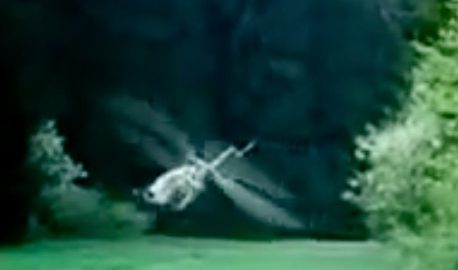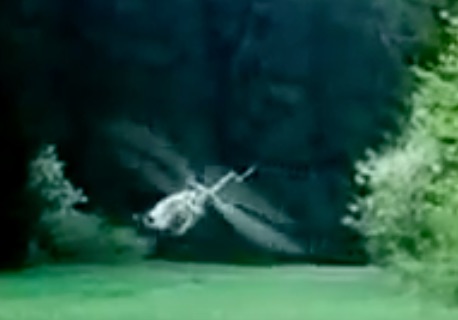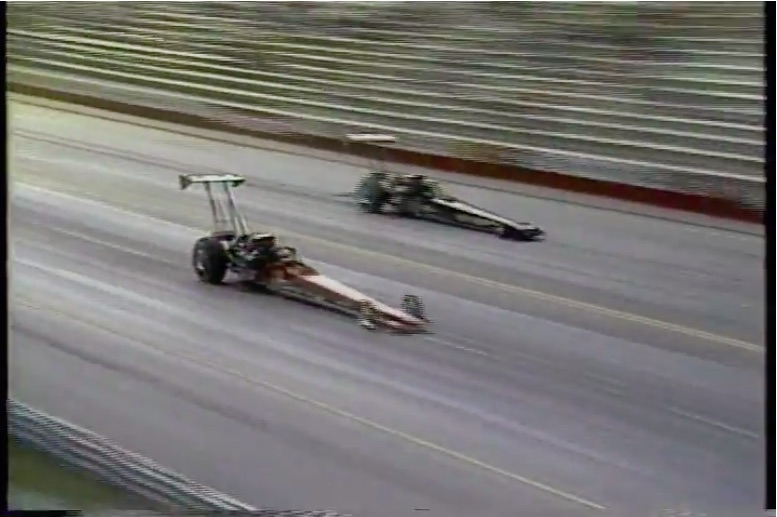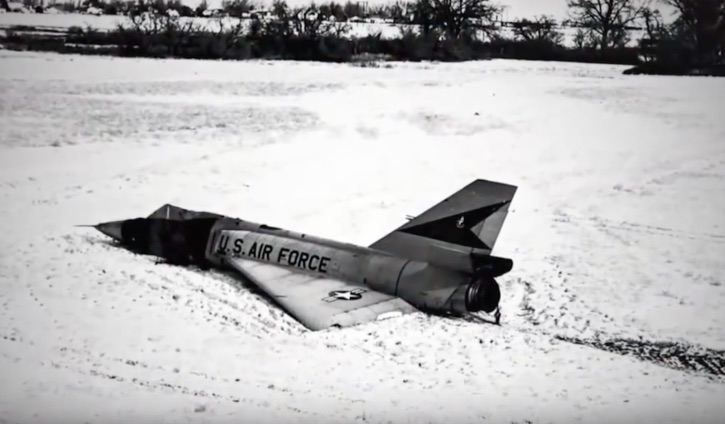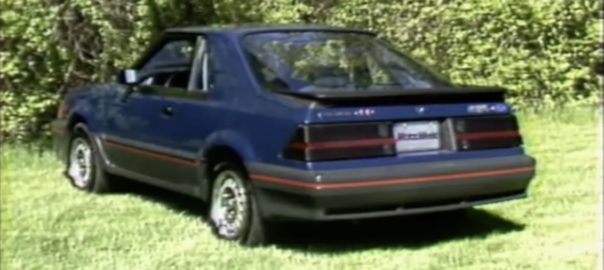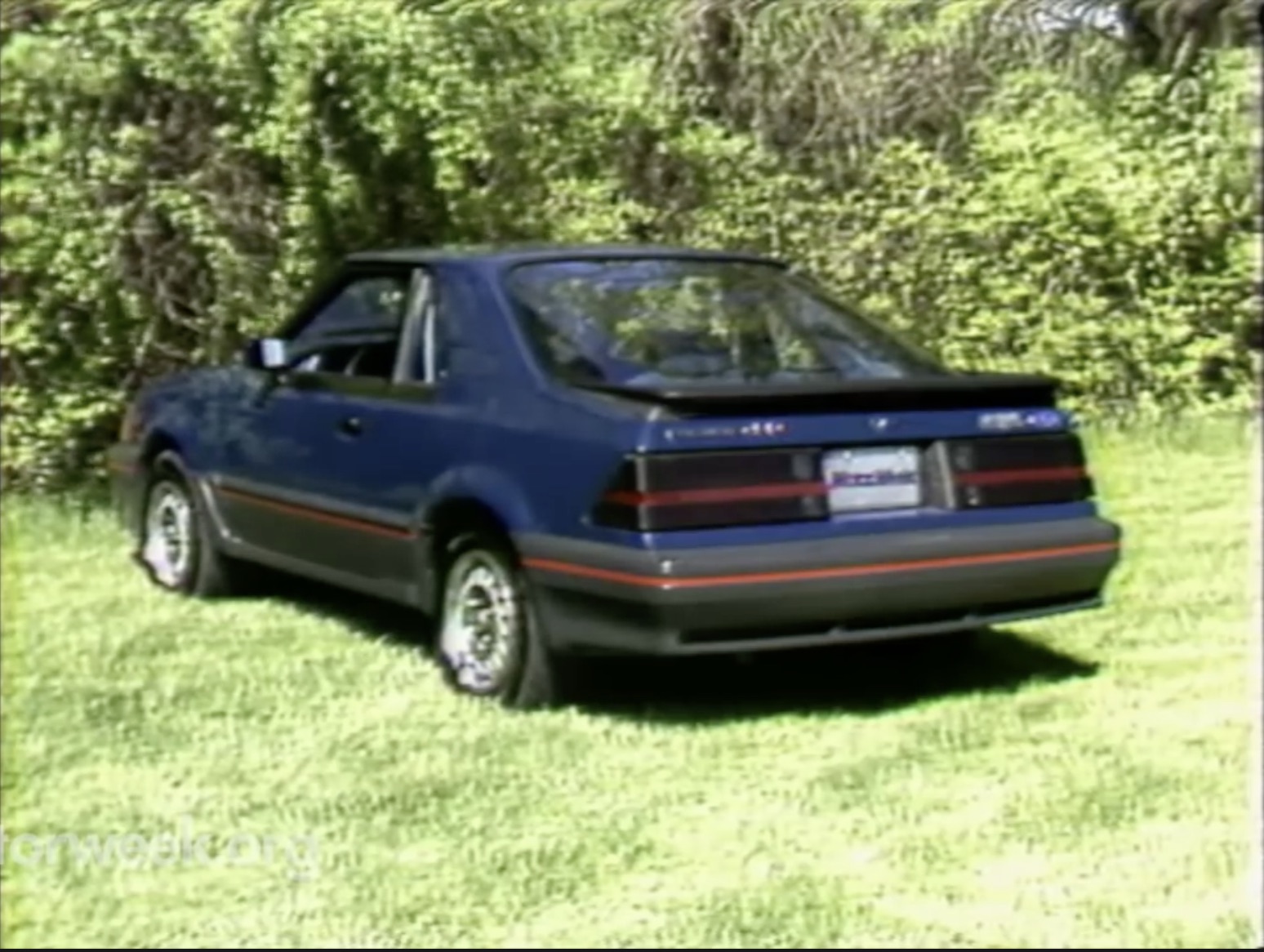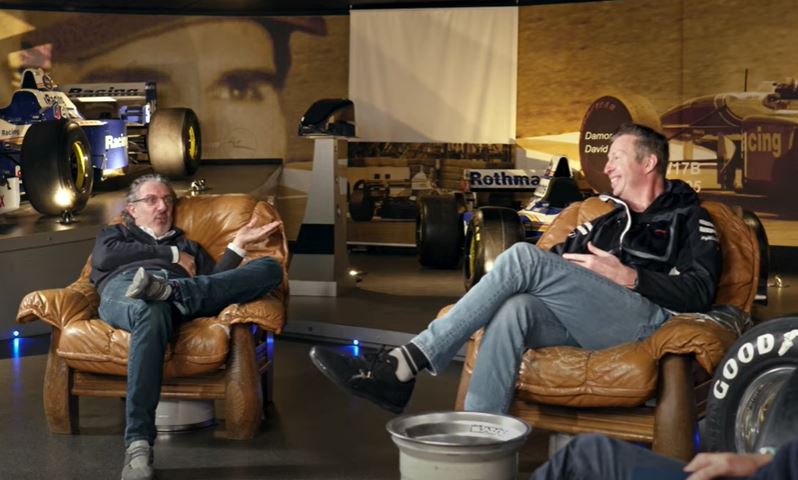
For a kid with a strong racing fascination in the mid-to-late 1990s, you essentially had two outlets if you wanted to see good action on television: TNN and Speedvision. (I’m sure ESPN showed something in between other sports, but I couldn’t be bothered.) TNN was where you went to see NASCAR highlights, swamp buggy racing, automotive shows at the time, and the occasional tough-truck competition. Speedvision, when it hit our cable provider in 1996, was where you went when you wanted a taste of the weird and the unknown. Much to the irritation of my parents at the time, I would be wide awake at three in the morning with the television on, the volume cranked just high enough that I could hear something, watching British Touring Car racing. I loved the stuff, because in my developing mind, it had three things NASCAR just didn’t have: real, identifiable cars; road courses instead of one sweeping oval; and drivers with personalities and tempers that didn’t hold back because it would look bad upon their sponsors. If anything, it seemed like the sponsors were gently pushing their wheelmen to be a bit more…how should I phrase this?…hands-on when it came time to solving disputes.
Over the years we’ve shown you great action from the BTCC, including the absolutely infamous incident at Silverstone in 1992 that saw middle fingers flying on live television coverage and body panels getting smashed in like it was a banger race and not a touring car run. That was the early 1990s…by the late 1990s the two gentlemen that are being interviewed by Jonny Smith were point and center in what many saw as a bitter rivalry. Jason Plato and Matt Neal were names you heard regardless of when you tuned in for a race. Their personalities are so different, yet the same in many aspects. For years these two have battered and bashed their way around tracks, have found themselves in front of the officials and the cameras alike for their antics, and have somehow managed to be friends, even after threatening to kick the shit out of each other after big crashes.
Merry Christmas, BangShifters. Once the wrapping paper gets cleaned up and the kids are off with their new goodies, sit down and watch these two. It’s worth it.
[embedded content]
[embedded content]





